Is Alcaraz truly stronger than the FedNadal era? Tsonga sets the "ultimate trial" challenge
When 22-year-old Carlos Alcaraz lifted the US Open trophy and displayed unprecedented all-around skills on various surfaces, an unavoidable question kept arising: Has this Spanish prodigy already surpassed the era revered as the tennis "pantheon" of Federer and Nadal?

Recently, French star Tsonga, when confronted with this question, did not offer a simple yes or no. Instead, he painted a broader and harsher competitive picture. His response, like a precise scalpel, dissected the core and often overlooked dimensions in cross-era comparisons: the level and density of competition.
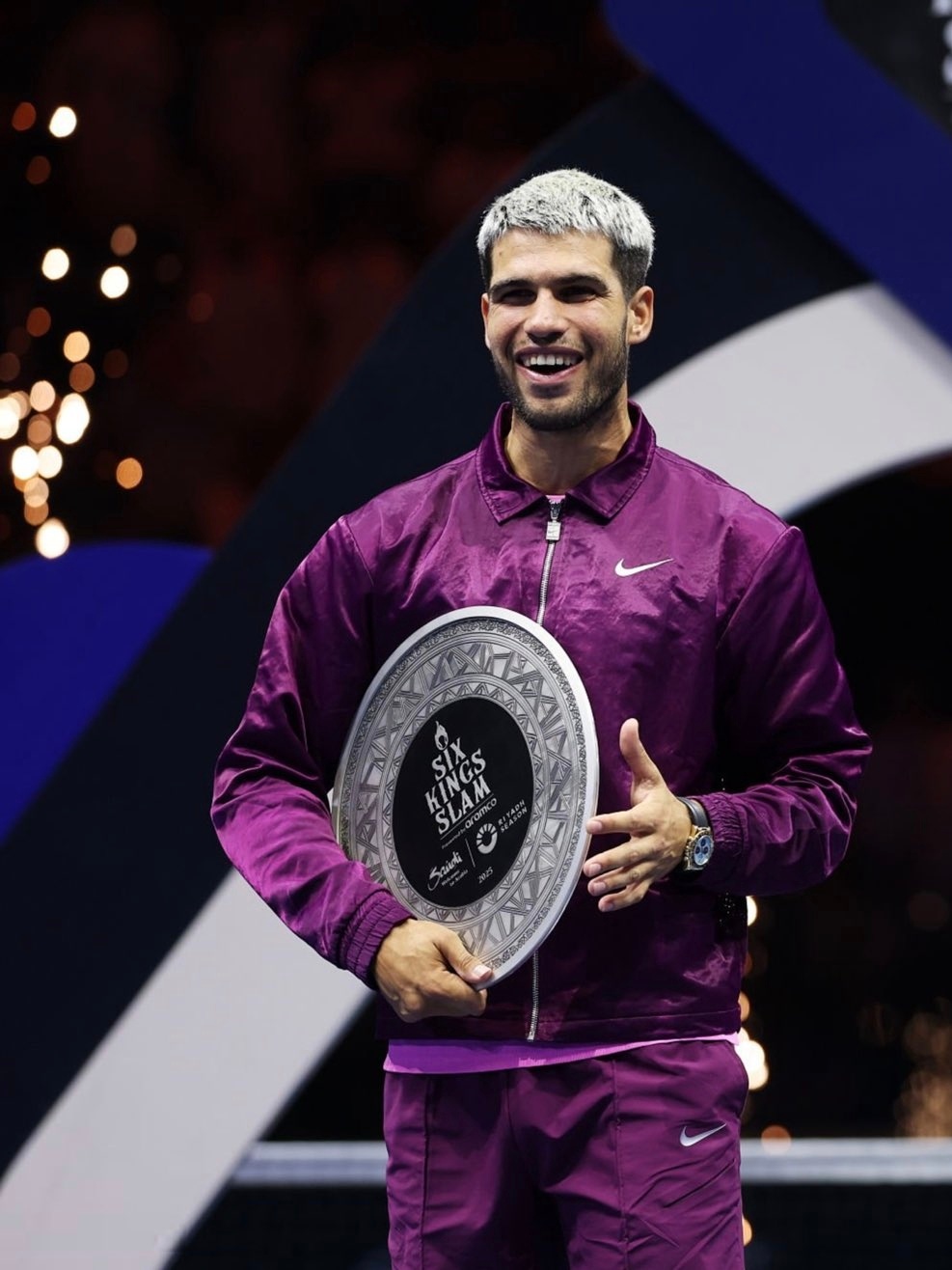
Tsonga did not doubt Alcaraz’s excellence. He acknowledged Alcaraz as a well-rounded player and noted that he currently holds a clear lead on the tour, with seemingly only Sinner as a real rival. However, this very situation led Tsonga to propose a hypothesis that excites every tennis fan:“What I truly want to see is Alcaraz at Roland Garros defeating Del Potro in the third round, Murray in the round of 16, Djokovic in the quarterfinals, Federer in the semifinals, and finally beating Nadal in the final to win the title.”
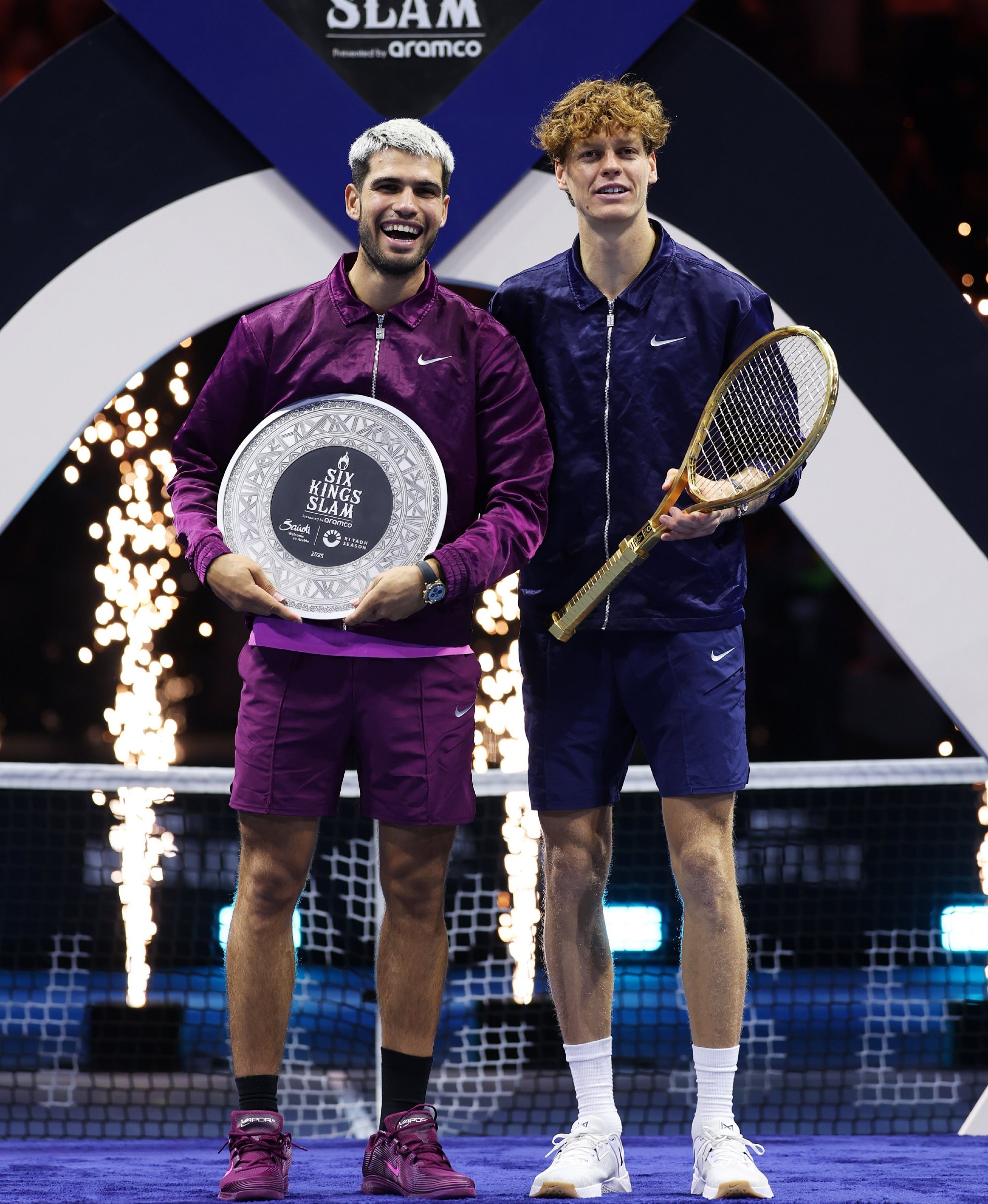
This brief statement encapsulates the extreme toughness of men’s tennis golden era. It’s not just a draw but a trial path guarded by giants of different styles leading to the throne:
Del Potro: wielding a thunderous forehand, a giant killer any opponent dreads facing in early rounds.
Andy Murray: a top defensive and tactical master who can wear down any opponent’s will with endless patience and precise placement.
Djokovic: possessing the strongest return and baseline endurance in history, the toughest barrier standing before the final.
Roger Federer: the embodiment of elegance and offense; his tennis is art and a deadly weapon.
Nadal: on Philippe-Chatrier Court, he is a god—unmatched in willpower and the king of clay with unparalleled spin.
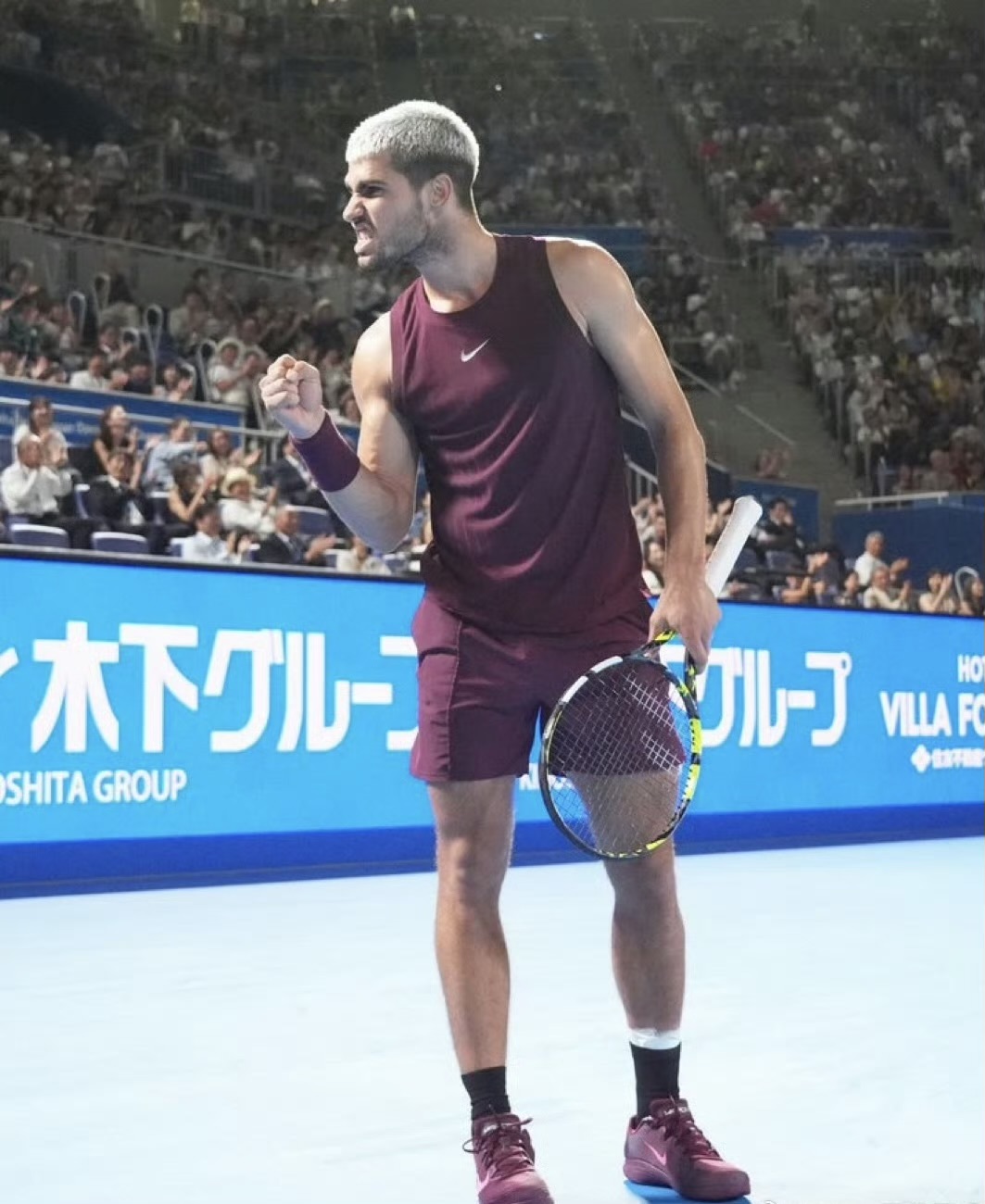
Tsonga’s implied message is clear: great achievements stem not only from personal strength but also from whom you defeat and how quickly you must switch tactics to face diverse top opponents. Today, Alcaraz might only need to focus on one or two main rivals, but in that era, every round from the first to the final could be a draining battle.
Tsonga’s perspective reveals a fundamental difference: today’s men’s tennis is “one dominant (Alcaraz) and one strong (Sinner),” whereas the FedNadal era was a “mountain range of giants.”
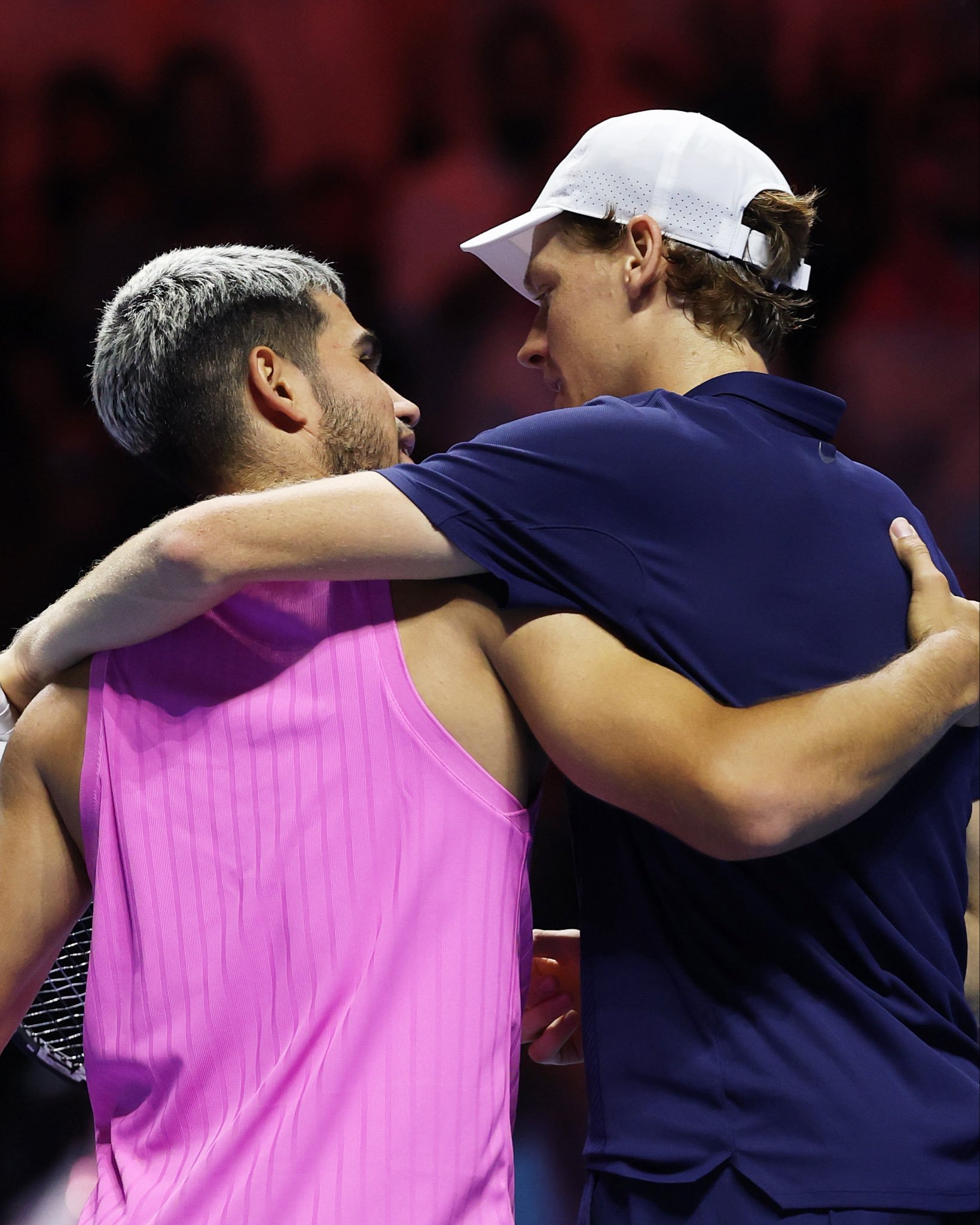
The rise of Alcaraz and Sinner undoubtedly elevates tennis to a new level with their speed, power, and tactical versatility possibly surpassing predecessors in data terms. But the FedNadal era was a brutal arena formed by three or four historic GOAT contenders and multiple Grand Slam champions. To win a major then, you might have had to defeat two or even three top-ten players consecutively. This relentless, high-pressure competition not only honed their skills but also forged their ironclad mental toughness.
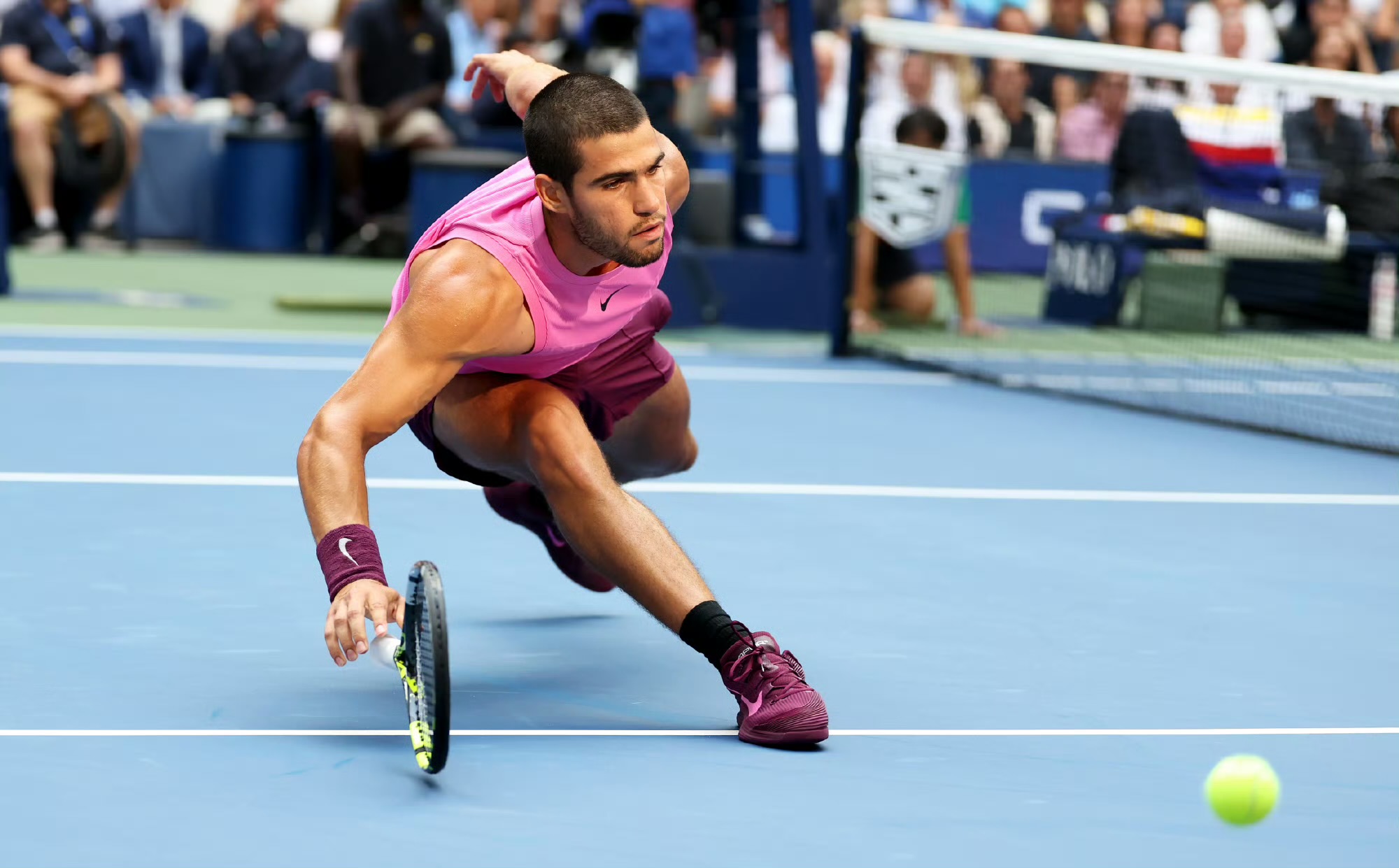
As Tsonga said, it’s hard to claim that Alcaraz has already surpassed the giants of the past in mental and physical endurance. His trials haven’t yet reached that extreme; he hasn’t, like Nadal, withstood the world’s pressure year after year at Roland Garros; nor pulled off epic comebacks saving match points like Djokovic; nor maintained elegance and composure under the heavy pressure of two pursuers like Federer.
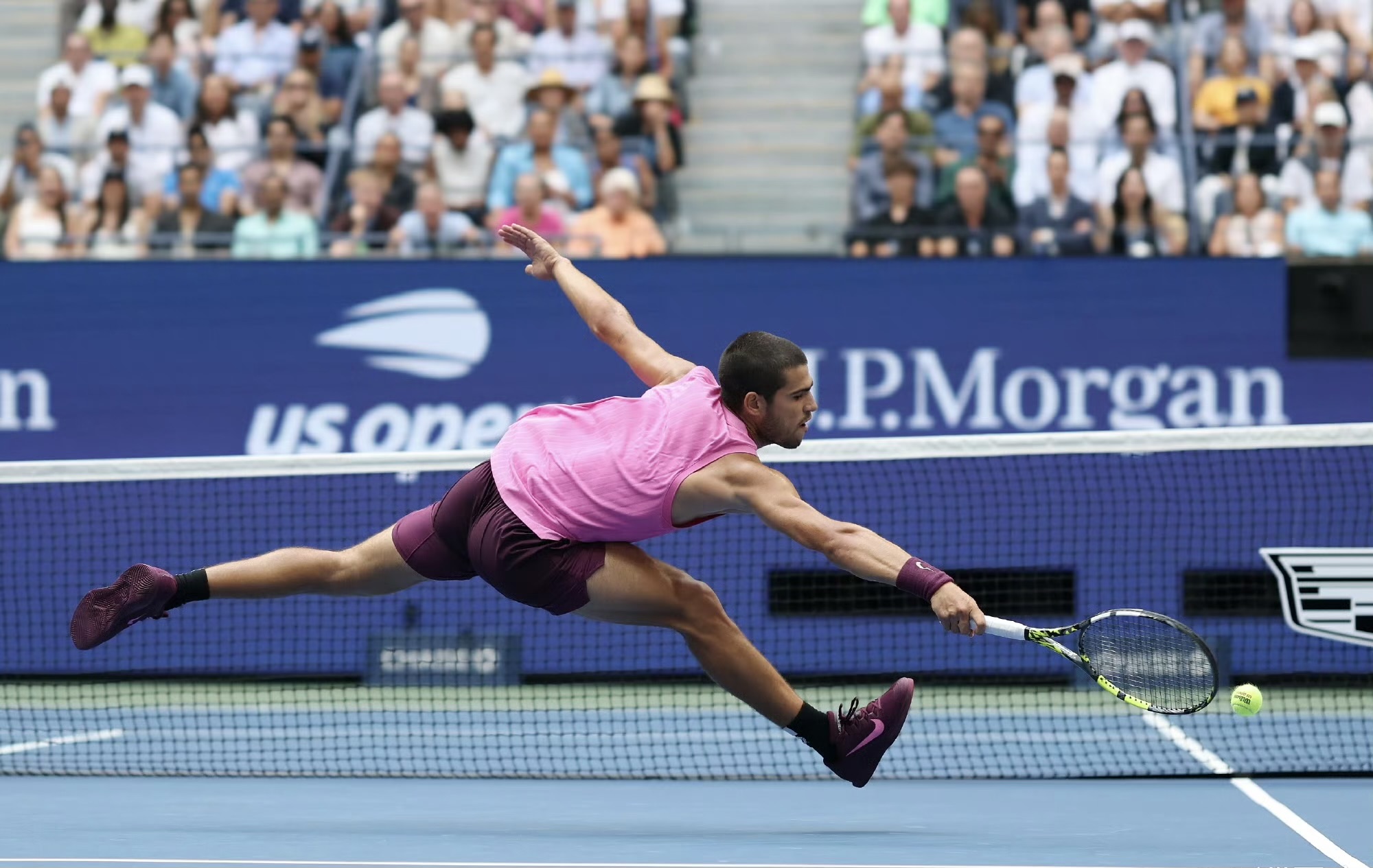
Tsonga’s words are not meant to diminish Alcaraz’s greatness. On the contrary, because he recognizes Alcaraz’s extraordinary talent, he envisions a legendary challenge worthy of his ability. This ultimate trial is the highest expectation for Alcaraz and a heartfelt tribute to that great era.
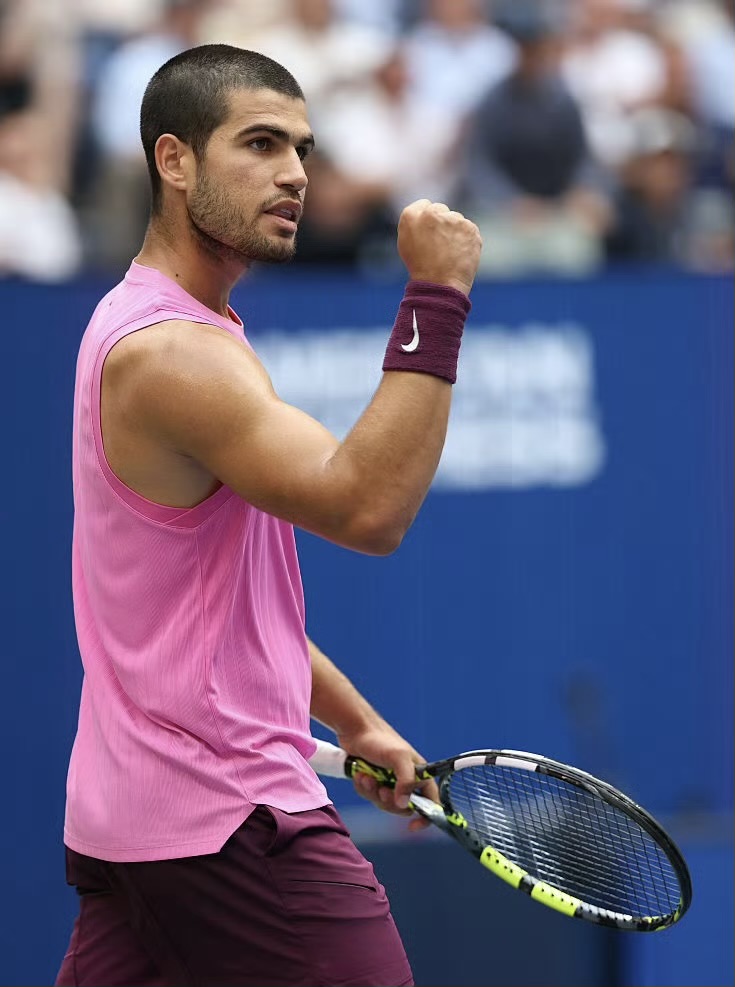
Alcaraz has all the potential to become the next legend and is on his own grand path. But to truly stand alongside the names of Federer and Nadal in history, he needs more than just titles; he requires defining, story-rich classic battles that mark an era.
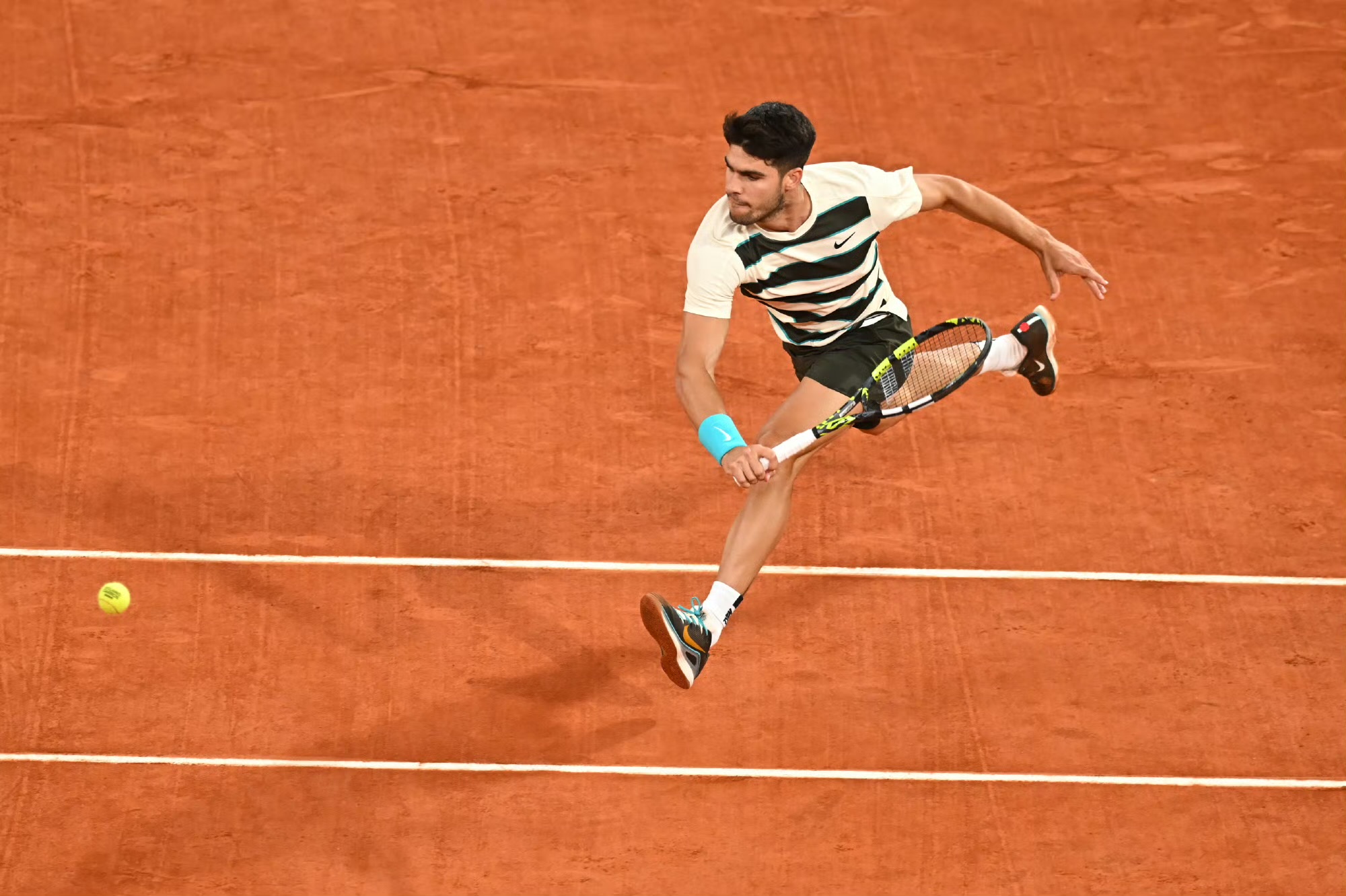
We may never know if peak Alcaraz can triumph in Tsonga’s scenario. Yet the mere existence of this question perfectly reflects the charm of tennis. It makes us cherish the brilliance of past stars and eagerly anticipate how the new king will write his own equally immortal chapter.(Source: Tennis Home, Author: Mei)







 Links
Links
 Contact
Contact
 App
App


